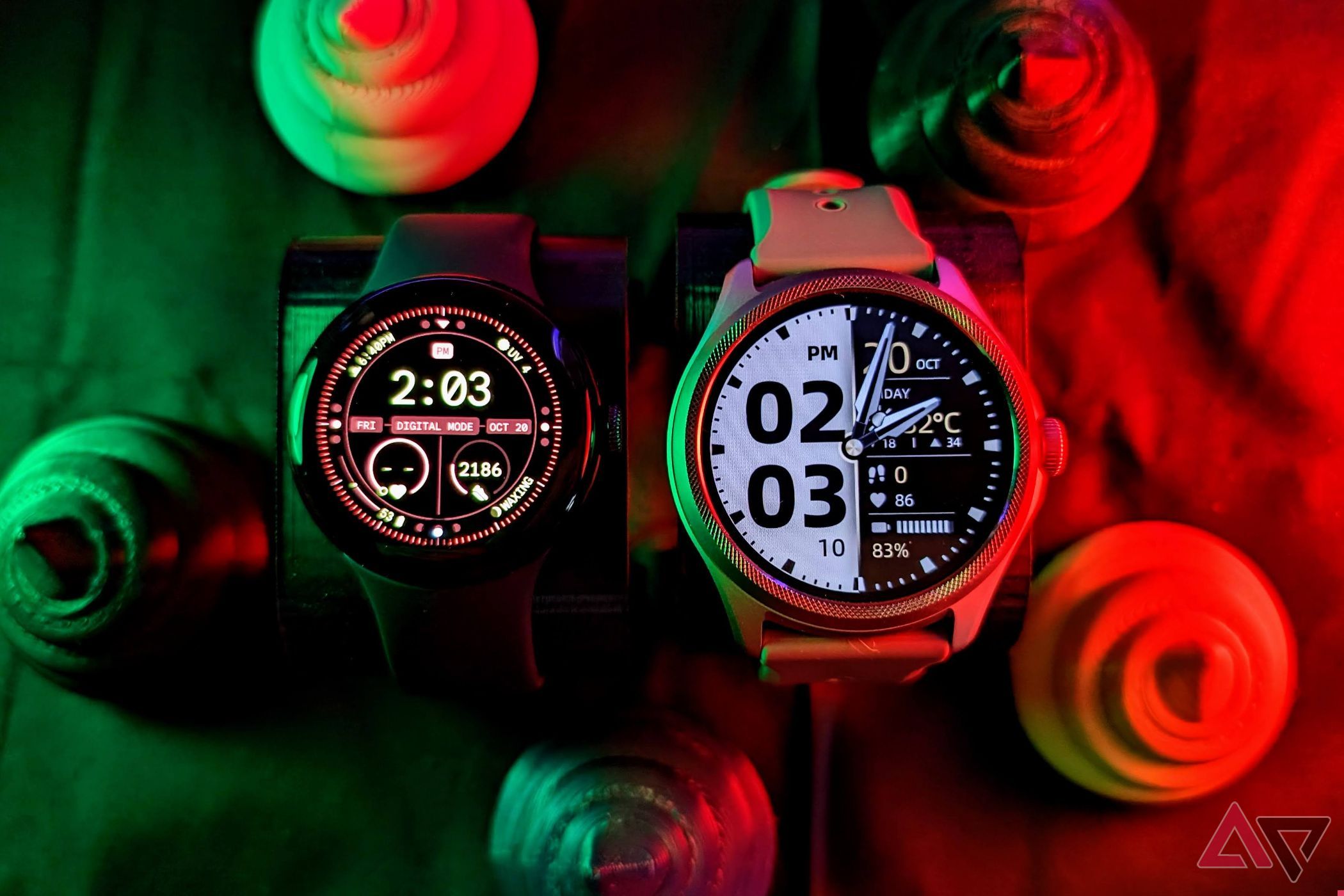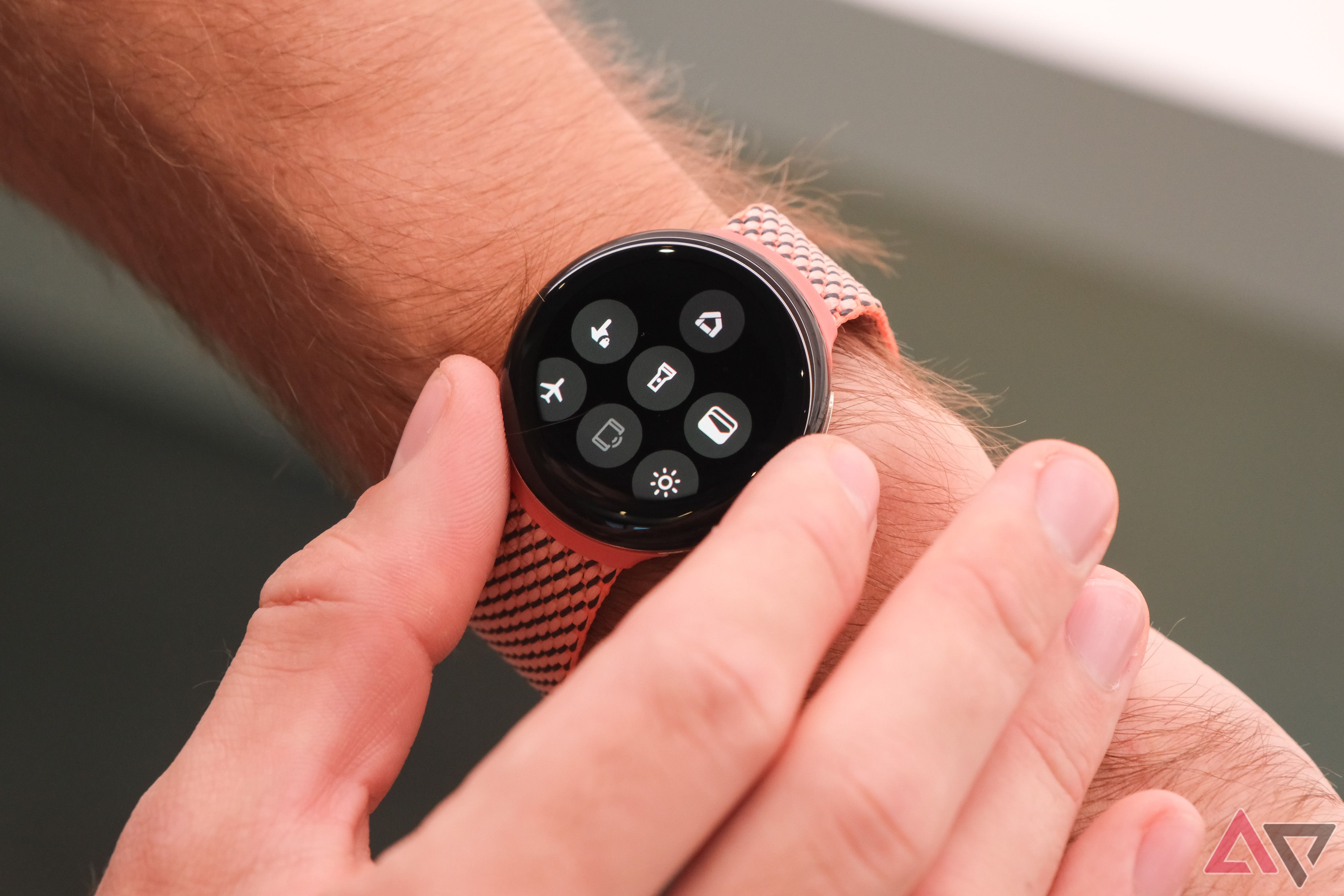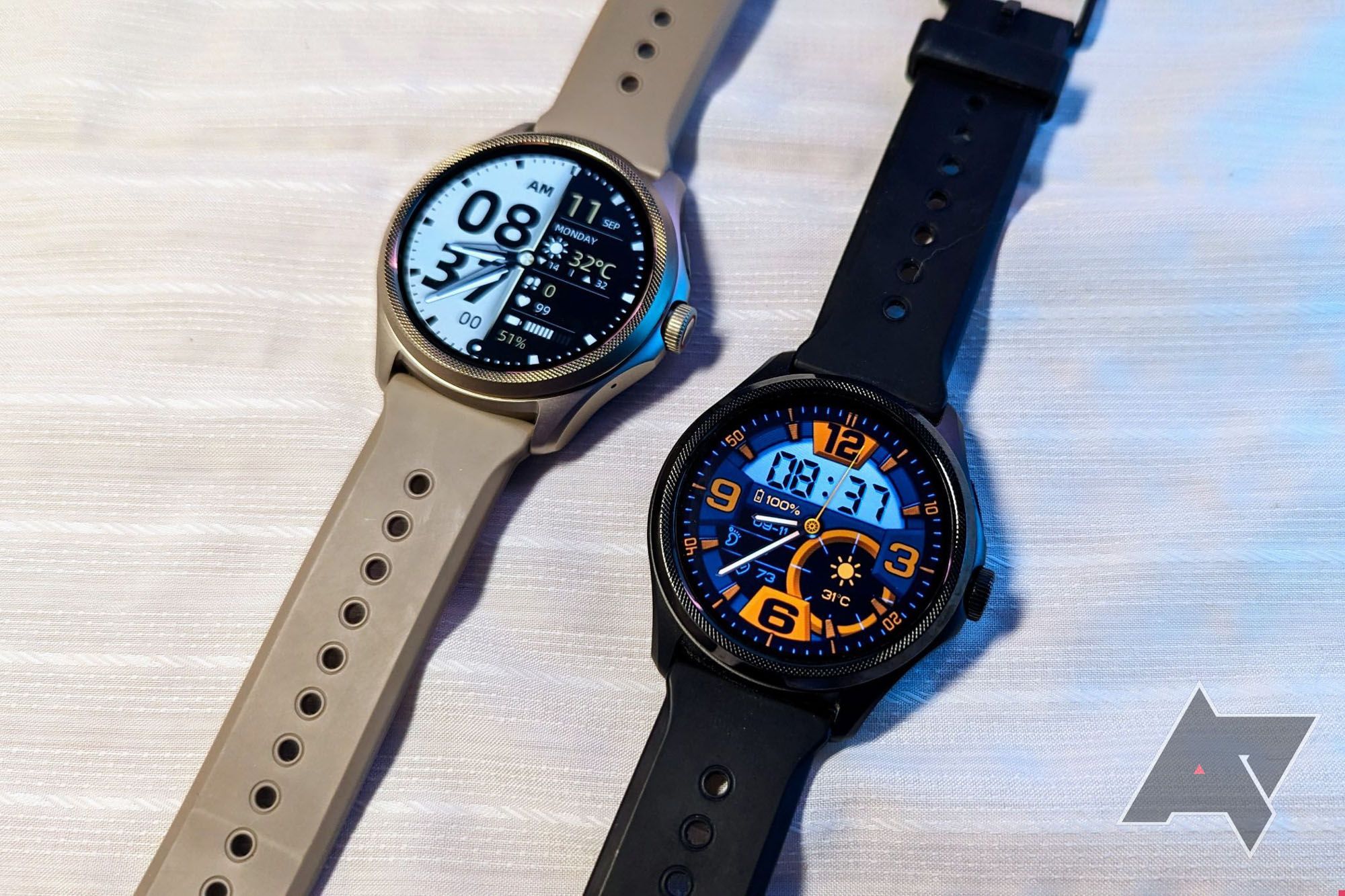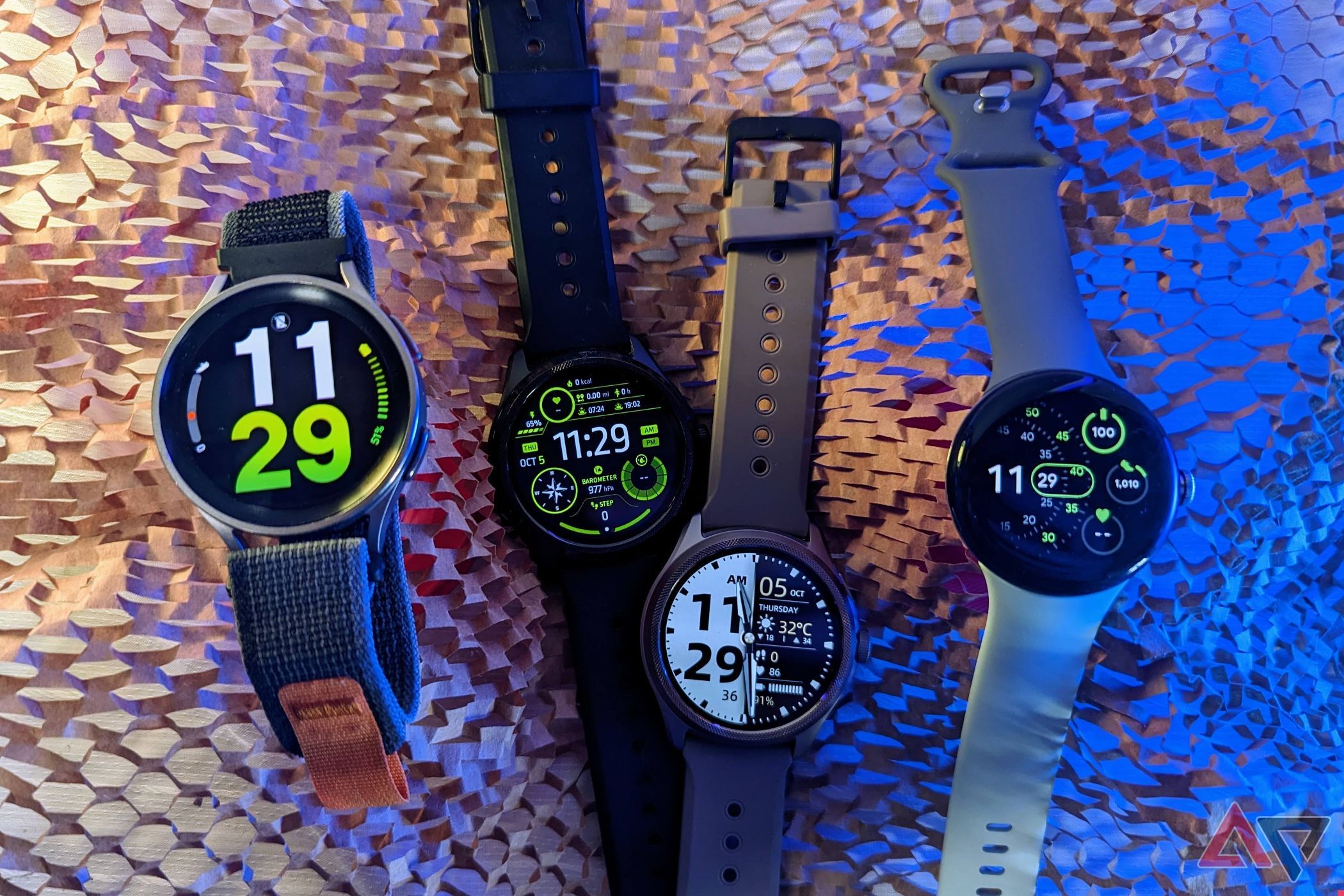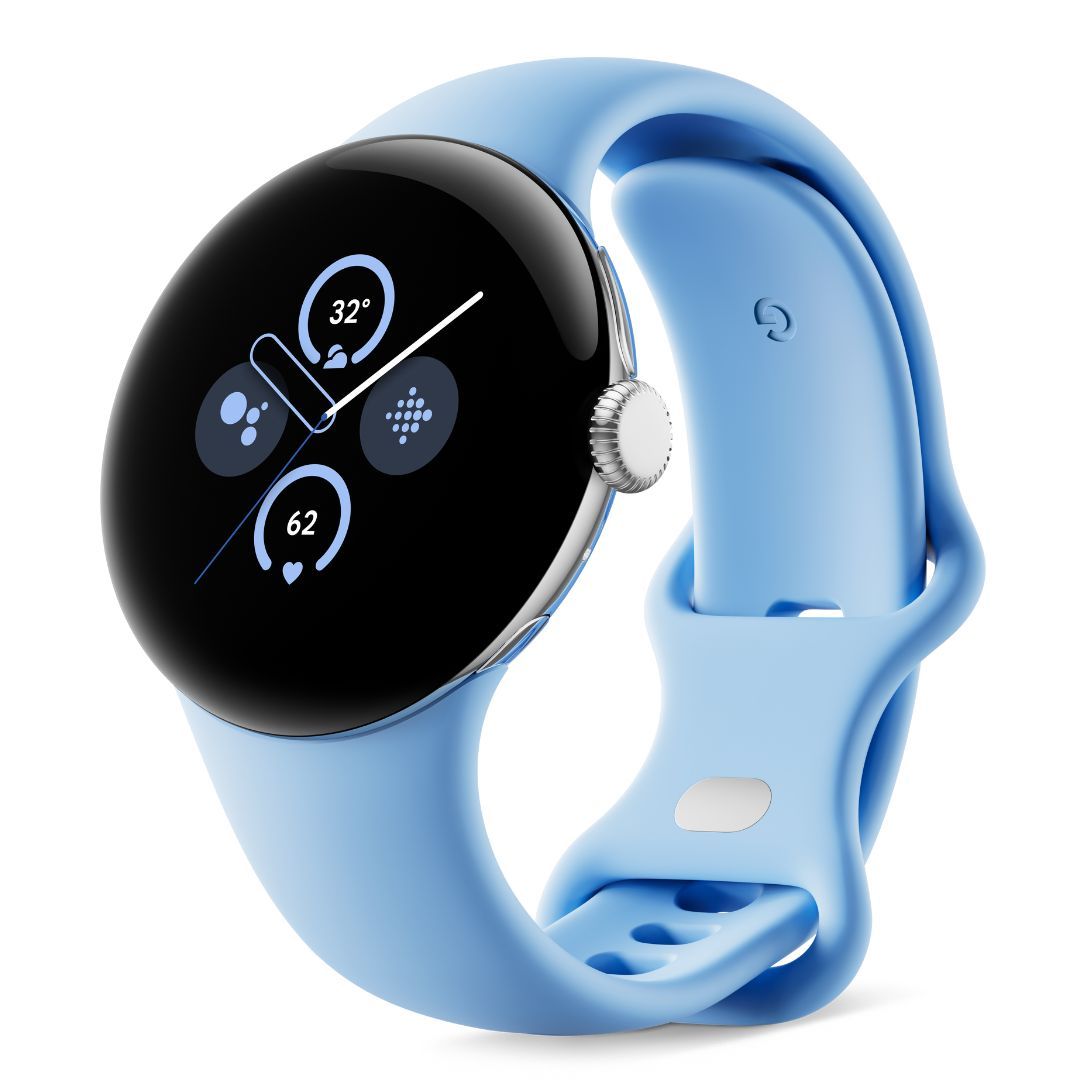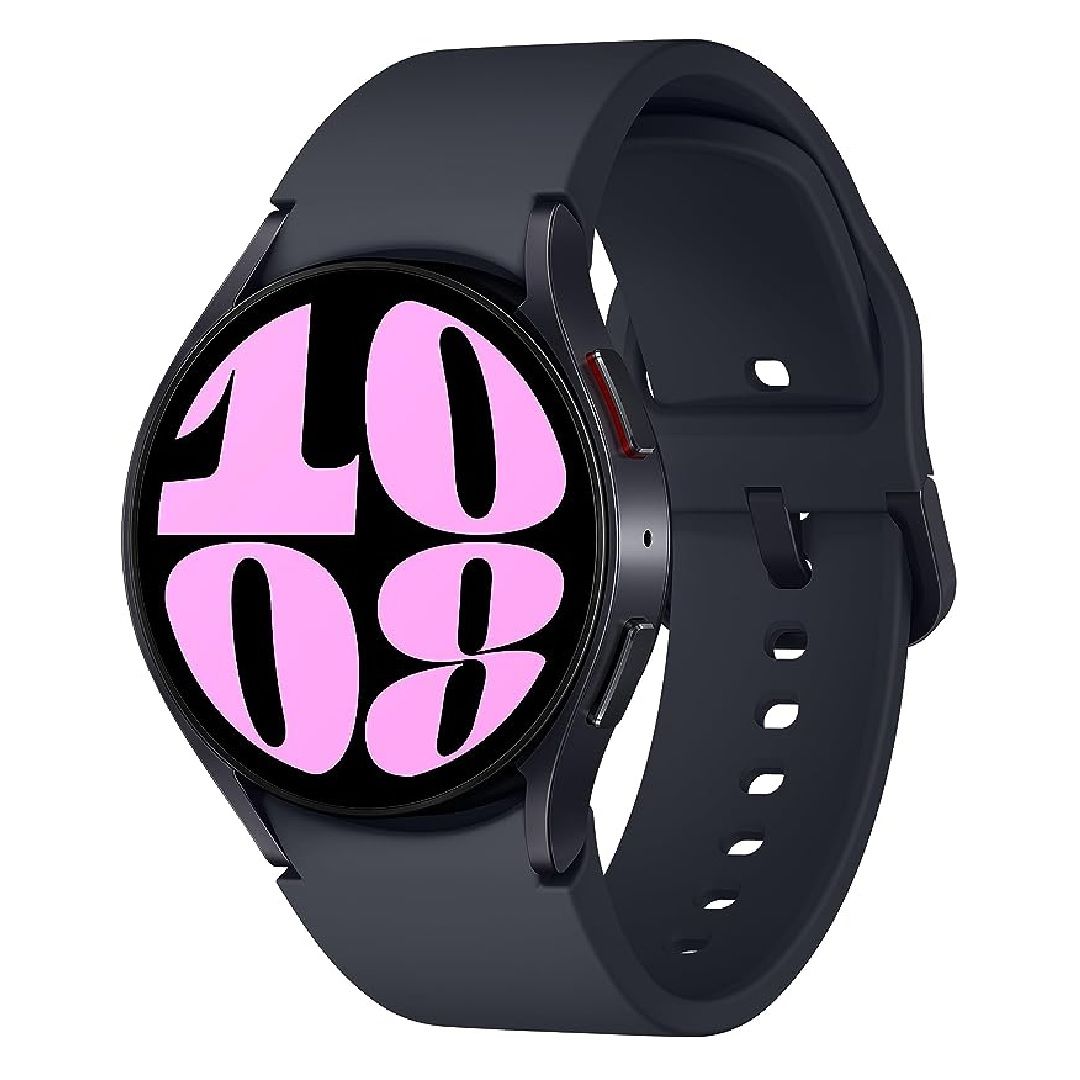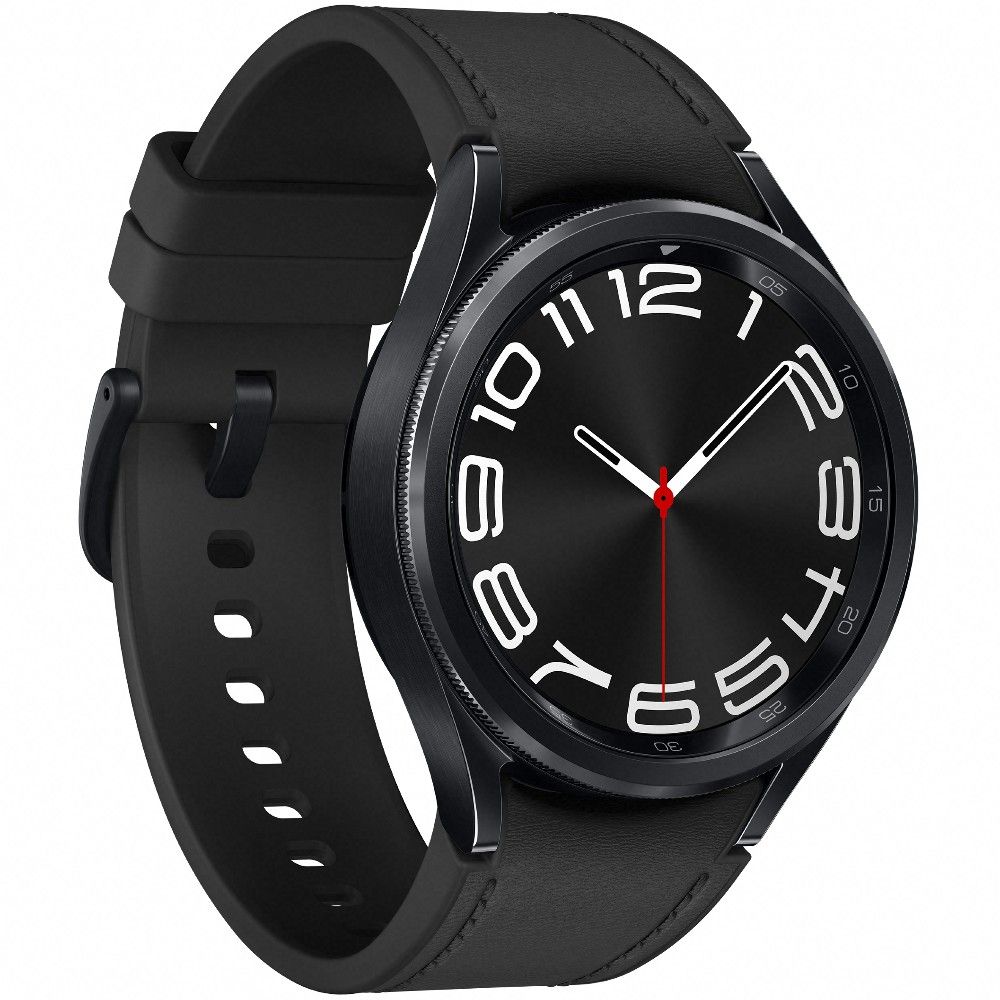If you're like most people, setting up new gadgets isn't a fun experience. Many even dread buying a new phone, tablet, or other bits of tech, because even with the different methods of moving from an old device to a new one, there will inevitably be some information, apps, or files that don't make the switch. It's been nearly a decade since Google brought Wear OS/Android Wear to the world with the LG G Watch and Samsung Gear Live, but it didn't take off until the original Moto 360 (R.I.P.) was released a few months later. The platform has only just now added support for watch transfers.
In 2021, Google and Samsung paired up to give us Wear OS 3, which was meant to fix Android smartwatches. Well, that hasn't really happened. However, Google has since released two of its own wearables, with the Pixel Watch 2 being the most recent. With that came Wear OS 4 and a slew of new features — one being the ability to back up and transfer your watch to a new phone. While this is something I, and many others, have been clamoring for since the first Android wearable, I'm not particularly happy about it.
Together, but very different
Up to this point, Android smartwatches haven't commanded much respect; at least, that was the case until we got Wear OS 3. That's because until then, manufacturers couldn't customize the OS the way the top Android phones are, where each phone OEM gets to put its own bit of sauce on top of Android to help differentiate the device from others. With Wear OS 3 and now Wear OS 4, smartwatch manufacturers finally get the same luxury.
If you've used a Samsung smartwatch in the last five years, you'll have a pretty good idea of what the interface looks like, regardless of whether it was a Tizen-based watch or one of the newer Wear OS models like the latest Galaxy Watch 6 Classic. Something else that has stayed relatively the same has been the ability to back up your Samsung watch and transfer it to a new phone, all without the need to reset the watch. It seems like an obvious feature, but until the Pixel Watch 2 and the Wear OS 4 update, Samsung was the only one offering backup
Users shouldn't have to reset their smartwatch just because they got a new phone.
So, why am I not happy about this? It's because Wear OS is available to more than just Samsung and Google, but only these two brands currently offer Wear OS 4. The platform update announcement was made back at Google I/O in May and launched on the new Samsung Galaxy Watch 6 series in August. For some perspective, it wasn't until May that one of the few OEMs left making Wear OS watches, Mobvoi, released its first smartwatch running Wear OS 3 for the TicWatch Pro 5. And that's one of the few that actually received its previously announced platform update.
I know that I, and others in my field, are a bit unique as we will swap phones and watches far more often than the average person; backing up personal information and settings for a device is still a feature that benefits everyone. Anyone with an Android phone can have their device contents automatically saved to their Google Drive account to keep the data safe should it be needed to restore that device or transfer to a new one. While a wearable doesn't have the same amount of data on it, a watch is just as personal as a phone, and yet, over the last nine years, we've been required to set up Wear OS from scratch every time we wanted to use a smartwatch running it with a new phone.
This issue is one of the main reasons I rarely use a Wear OS watch, again, because I change phones frequently enough that yet another setup is a major inconvenience. It's also why I have spent more time with the Amazfit T-Rex Ultra or Falcon on my wrist than any other wearable. Even compared to Samsung, moving my Amazfit watch from one device to another is so simple and fast. So, when we consider the fact that Google has loads of cloud storage and backup features across its product portfolio, and its smartwatch platform has been kept out of that loop for nearly a decade, it is pretty unbelievable.
The tiniest step forward
Users shouldn't be required to buy the absolute latest and best smartwatch just for the ability to back up and transfer their wearable. A big part of what makes me so frustrated that Google is just now offering the transfer feature is that it is part of Wear OS 4, and there are only two wearables on the market with it. Who knows when OEMs other than Google or Samsung will get that upgrade? 2023 is winding down, and it took nearly two years from the time Wear OS 3 launched for a watchmaker outside of the big two to get a device updated. Now that Google has dropped Wear OS 4, every other brand is once again behind and unlikely to catch up.
It isn't like this new version of Wear OS is some amazing leap forward for the platform, especially regarding visuals. There are some things in the background that have been cleaned up and make lives easier for developers. But the most significant change is the addition of watch transfers. Though I am glad it is finally here, I'm still glaring at Google to move things along faster to bring the feature to more devices on the platform before the users have only two manufacturers to pick from.
- Source: Google
Google Pixel Watch 2
The Google Pixel Watch 2 is the sequel to Google's first self-branded smartwatch. The second generation doesn't reinvent the wheel, instead offering a handful of low-key improvements like a redesigned digital crown, Wear OS 4 out of the box, and a newer chipset that should offer better performance and battery life.
- Source: Samsung
Samsung Galaxy Watch 6
The Samsung Galaxy Watch 6 is surely one of the best Android watches available, especially if you are already in the Samsung ecosystem. With a sapphire crystal display, Exynos W930 processor, 2GB of RAM, and up to a 425mAh battery, this watch is built to be a solid performer.
- Source: Samsung
Samsung Galaxy Watch 6 Classic
Samsung's latest generation of the Galaxy Watch 6 comes in a larger Classic version. It sports a bigger case and a physical rotating bezel to control the watch, alongside all the other welcome improvements in the vanilla Watch 6.

